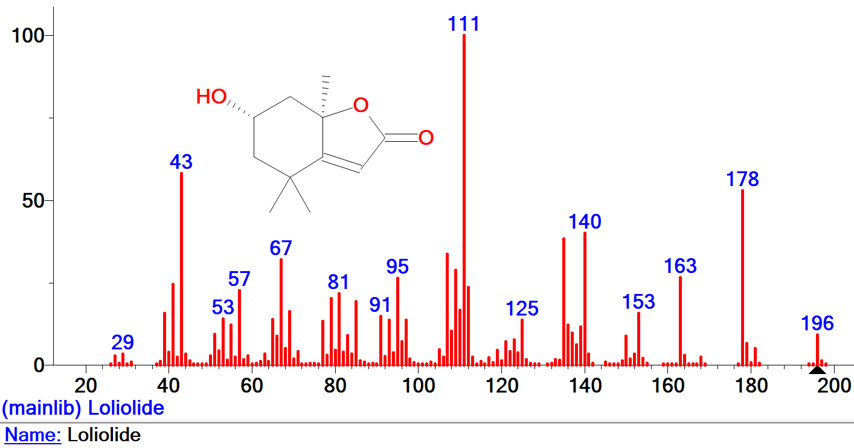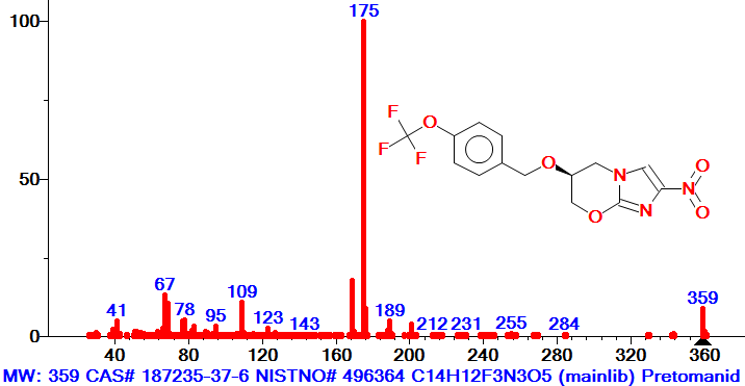Summary
The latest release of the NIST Mass Spectral Library, which includes the NIST Tandem Mass Spectral Library and NIST/EPA/NIH Mass Spectral Library and NIST GC Retention Index Database greatly increases the number of compounds and spectra since the 2020 version. The new versions, NIST23, are available from distributors for integration with existing instrumentation.
Description
NIST Tandem Mass Spectral Library, 2023 release
- 51,501compounds
- 60% increase over the 2020 release
- 399,267 precursor Ions
- 2.4 million spectra
Fragmentation methods
- 49,590 HRAM (high res accurate mass) compounds
- 51,292 QTOF, HCD, IT-HRAM, QqQ compounds
- 49,561 ion trap compounds (low res., up to MS4)
- 561 APCI HRAM “extractables and leachables”
Precursor ion types
- 44,191 protonated
- 19,620 deprotonated
- 14,318 water/ammonia loss
- 44,547 other in-source generated
Wide variety of compounds






- Tribenoside - vasoprotective drug
- Naphthalene E&L, APCI
- Luteolin glucoside flavone
- Retinoic acid metabolite
- Fuc-GM1(d18:1/16:0) glycolipid
- and more
Types of compounds and spectra

Credit:
NIST MSDC
MS Interpreter
Connect peaks to structures

Hybrid Search
Identify compounds not in the library


NIST/EPA/NIH EI-MS Library, 2023 release
394,054 electron ionization (EI) spectra
- 347,100 compounds, 46,954 replicate spectra
- 40,231 more compounds than NIST 20
491,790 retention index (RI) values
- 180,610 RI compounds – 40 K increase
- 153,472 compounds with both RI & MS
Thousands of new compounds of analytical interest
Measured at NIST, thoroughly evaluated



- Human and plant metabolites
- Flavor/fragrance – food
- Drugs and their metabolites
- Forensics, toxins
- Pesticides – contaminants
- Industrial chemicals
- Petrochemicals
- Surfactants, lipids … and more
NISTMS.exe user interface
- Hybrid Search - Identify compounds not in the library
- New AI retention index estimates

New compound selection process

New evaluation process

New library building method
- Select compounds, measure spectra
- Organize by structure
- Multiple Evaluations
- MS Interpreter
- Hybrid Search
Created June 11, 2020, Updated March 26, 2025

